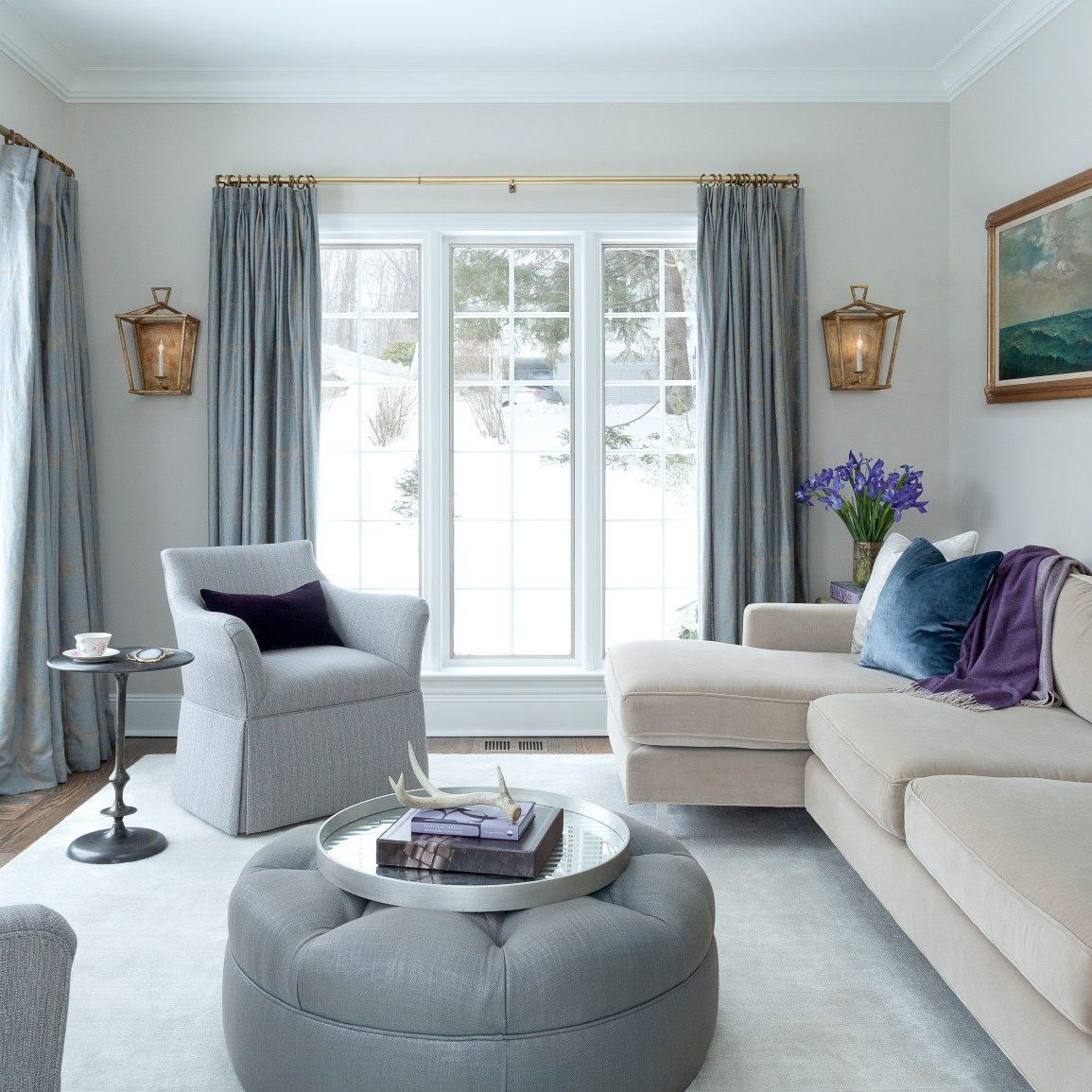Introduction
Japan is known for its mastery of the art of design and its ability to blend tradition with modernity. The Lampara de Techo Japonesa, also known as the Japanese ceiling lamp, is one example of this amalgam. These lamps are crafted with utmost precision and care, creating an intricate piece of art that illuminates the space while also adding elegance and beauty to any room.
Brief History of Lampara de Techo Japonesa
The art of paper-making was introduced to Japan from China during the Nara period (710-794) and it gave birth to the art of creating washi, a type of Japanese paper that is stronger and more durable compared to standard paper. This paper became the material of choice for Japanese lamps because of its ability to diffuse light in a soft and gentle manner.
During the Edo period (1603-1868), the demand for these lamps increased, and they became an integral part of Japanese décor. The aesthetic value of Japanese lamps started to take shape, and with every passing year, the designs became more sophisticated, blending traditional Japanese motifs with contemporary themes.
Characteristics of Lampara de Techo Japonesa
Japanese ceiling lamps feature a unique blend of design and functionality. They are crafted using high-quality paper that is light and airy, creating a soft and gentle light when the lamp is switched on. These lamps are perfect for creating a warm and inviting ambiance in any room.
The most common shape of Japanese ceiling lamps is the round lantern-shaped design that is hung from the ceiling. These lamps are available in a wide range of sizes, designs, and colors. Some are adorned with intricate Japanese motifs and patterns while others feature minimalistic designs that blend in seamlessly with modern décor.
Crafting Process
The crafting process of a Lampara de Techo Japonesa is a meticulous and intricate process that requires a significant amount of skill and patience. The first step is to create a frame made of bamboo or metal that will hold the paper that will diffuse the light.
Once the frame is complete, a thin washi paper is cut and pasted onto the frame, creating a lantern-shaped design. These papers are cut and pasted together to create a comprehensive design that will diffuse the light in an even and gentle manner.
Once the paper has been pasted together, it is left to dry for a few hours. Once it is dry, the base of the lamp is attached to the frame, and the electrical components are installed, creating a practical and beautiful Japanese ceiling lamp.
Usage of Lampara de Techo Japonesa
The beauty of Lampara de Techo Japonesa is its versatility. It can be used as a centerpiece in any room, adding a touch of elegance and sophistication. These lamps provide enough light to create a warm and welcoming ambiance, making them ideal for use in a bedroom, living room, or dining room.
Japanese ceiling lamps also have cultural and spiritual significance. In Japan, they are often used in temples and shrines, creating a serene and peaceful environment that encourages meditation and introspection.
Japanese ceiling lamp design is a subtle blend of artistry and functionality. The use of high-quality paper and intricate design patterns create a unique and charming ambiance that adds to the overall aesthetic of any room. If you are looking for a lamp that is not only functional but also adds beauty and elegance to any room, then Lampara de Techo Japonesa is an ideal choice.




